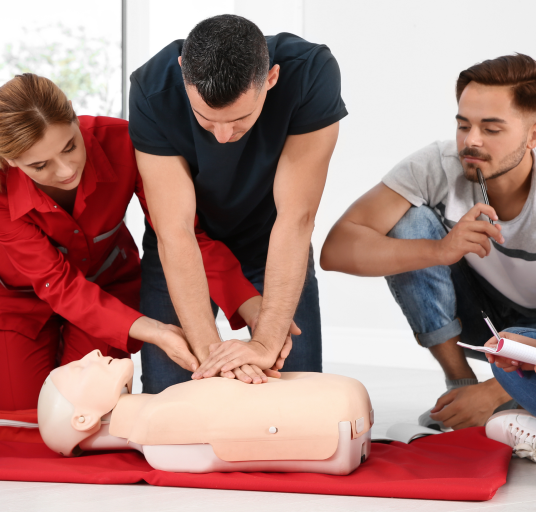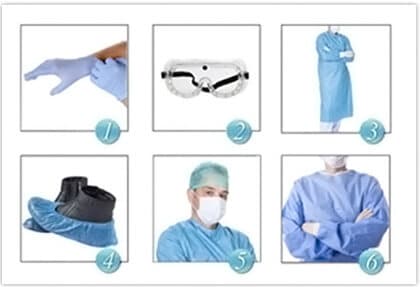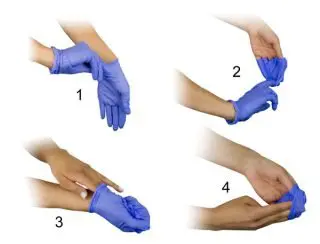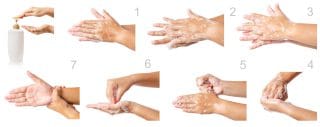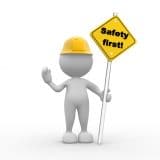Safety Precautions
Our CPR/AED and First Aid for Nervous System Emergencies combo course includes training in Adult, Child and Infant CPR, First Aid and Bloodborne Pathogens certification. The CPR/AED and First Aid certification is valid Read More for 2 years and the Bloodborne Pathogens certification is valid for 1 year, per OSHA guidelines. The course also includes a free printable wallet card. Read Less
$49.95$59.85
